If you are an avid reader of GameKeepers, Mossy Oak’s flagship publication that teaches how to improve and enjoy the wildlife on your property, you have probably become knowledgeable of food plot management, how to get the most out of your deer population, and timberland management. All of these can positively impact your property and add an exponential amount of value to your recreational land. However, one improvement that many tend to underestimate the value of is a quality road system.
External Roads
There are three main types of roads that impact the overall value of your property: external roads, primary roads, and secondary roads. Of these three, external roads, which reflect the access to that property from the outside world, are largely out of the landowner’s hands. For instance, if a landowner is unable to access his property from a county road or state highway, it is considered “landlocked” and he is at the mercy of adjoining landowners for proper access to his property. The landowner may already have an easement in place, or may have to ask a neighboring landowner for permission. Regardless, it is an undesirable position to be in.
“Too much access”, meaning a property is cut in half or thirds by public roads, is another issue. This situation is less than ideal, due to the inconvenience it causes and also the increased threat of unwanted trespassing and poaching. If your property is located on a public road, invest in the installation of quality gates and locks on every entrance and make sure that “posted” signs and boundary markers are visible to anyone who might enter your property. Most poachers, when caught, claim ignorance and say they did not know where the property lines were. As a landowner, if you have quality and visible markers in place, they cannot do that so easily.
Primary Roads
When someone asks me what a primary road should be like, I tell them that a Cadillac should be able to drive on it at any point of the year. That’s a bit of a stretch, but you get the point. Primary roads should stand up under high amounts of traffic year-round. Usually a piece of property will have one or two primary roads and a number of secondary roads branching off. You want your primary roads to receive 70 percent of the traffic. As a result, they will require 70 percent of the maintenance and 70 percent of the cost.
Primary roads should be 45-60 feet wide to allow proper sunlight for drainage and drying purposes. Take the time to trim overhanging branches, to allow the sun to dry the dirt. These roads need to be “domed” up, meaning they have a distinct curve that will allow water to drain properly. The sides of the roads should be ditched to move water from low spots on the road towards drainage points. If needed, culverts and high-strength bridges should be put in place. Water bars (staggered bars on the ditch portion of the road) should be used on hilly portions of the road to properly flow water away from the domed portion of the road to prevent erosion. Medium grade rock can be applied as needed, but remember that there is a noise factor with rocks. Most land professionals discourage using rock if there is any way possible. Keep in mind that wide roads can be over-seeded with clover or wheat, which will not only provide a quality food source for deer and turkey, but also cut down on erosion.
Secondary Roads
Secondary roads are those that stem off the primary road to get to food plots or blocks of timber. These roads serve the same purposes as primary roads, but due to their low traffic counts, can be scaled back in terms of criteria and expenses. Secondary roads serve as travel corridors for not only humans, but also wildlife, so completely neglecting these roads is out of the question.
As a landowner myself, I like to categorize my secondary roads in terms of use and priority before deciding how much time and money I am willing to spend on making improvements to them. If the only time you really need to go down a road is to plant a field at the end of it, should you really spend money to fix it up? Probably not, so you need to establish which roads are the most important.
Now that we have established which roads we will give attention, let’s go through the criteria. I generally want my secondary roads to be no less than 30 feet wide, which will give adequate sunlight and space for trucks or heavy machinery. I try to use culverts only if extremely necessary, and will try to avoid “doming up” roads unless dictated by the drainage. Secondary roads are for light use- avoid using them during wet periods unless completely necessary. It is much better to have to walk an additional 200 yards into your deer stand than to rut-up the roads and be forced to repair them at a later date. Also, just as with primary roads, overhanging limbs needs to be trimmed periodically, to keep the road from getting shaded.
Pig Trails
On our property we have a number of “pig trails” that are roads that are only used on an as-needed basis. For example, if we need to create a fire lane around a block of timber, we would use a pig trail to do so. Pig trails are for foot traffic only, but you could probably get away with the occasional use of an ATV. Pig trails come in handy for slipping into a stand or getting in position on a gobbling turkey. A quick whack with a Bobcat skid-steer or small gauge bulldozer may be all you need to create an effective pig trail.
Wrapping It Up
There is really no way to put a value on the impact quality roads have on a piece of property. Speaking from my own experience, quality roads sure have made my management activities easier on my piece of property, and it’s reduced the number of headaches that bad roads create. Landowners- always remember the “ounce of prevention” rule- and do not cut any corners on your property. It will lead to years of quality enjoyment for you and your loved ones.
Article contribution by Mossy Oak Properties. The Mossy Oak Properties land brokerage network was launched in 2003 and has since grown to over 100 franchised brokerages in 30 states throughout the country.
This content may not be used or reproduced in any manner whatsoever, in part or in whole, without written permission of LANDTHINK. Use of this content without permission is a violation of federal copyright law. The articles, posts, comments, opinions and information provided by LANDTHINK are for informational and research purposes only and DOES NOT substitute or coincide with the advice of an attorney, accountant, real estate broker or any other licensed real estate professional. LANDTHINK strongly advises visitors and readers to seek their own professional guidance and advice related to buying, investing in or selling real estate.




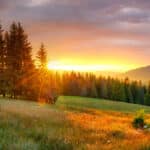

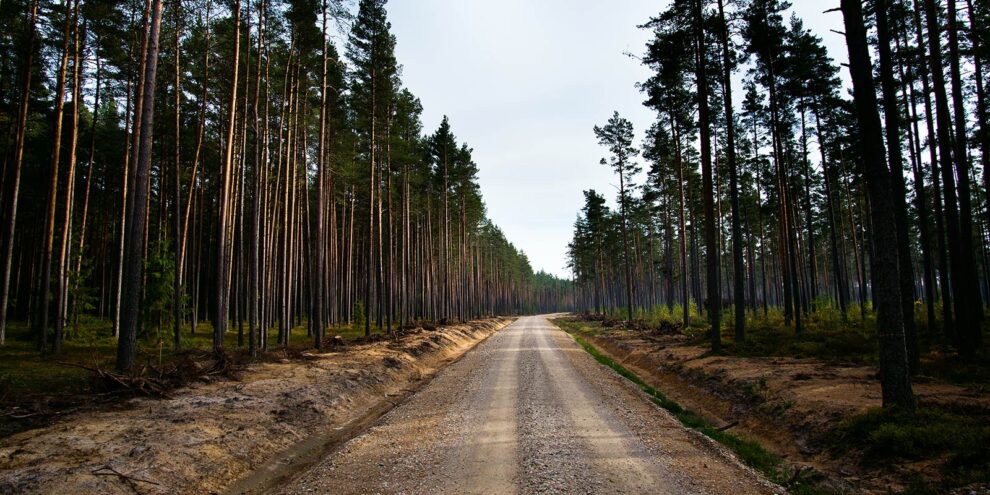
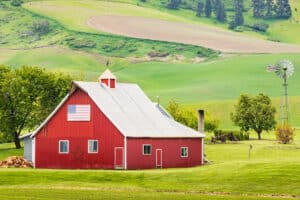
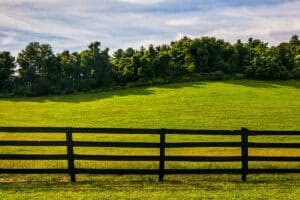
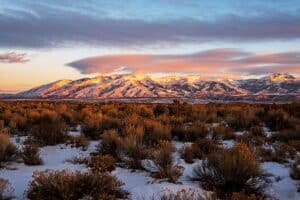
Love most of your content. Hope to see some more videos from your wealth of talented contributors.